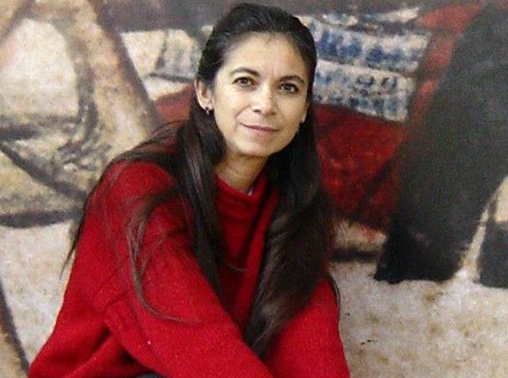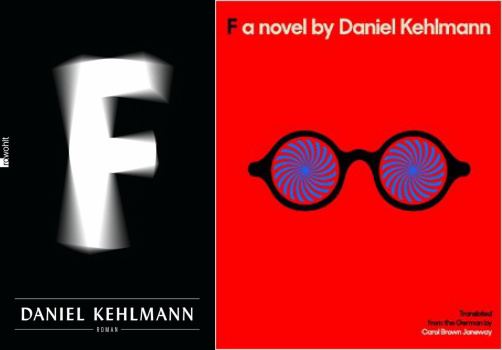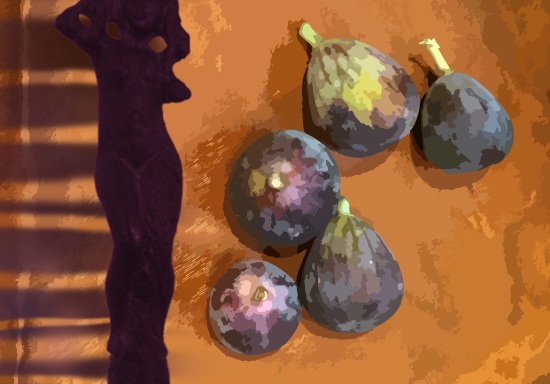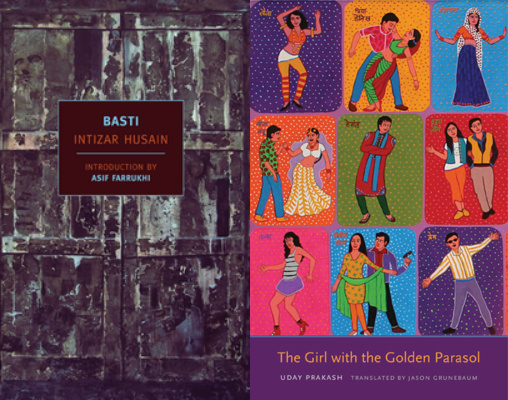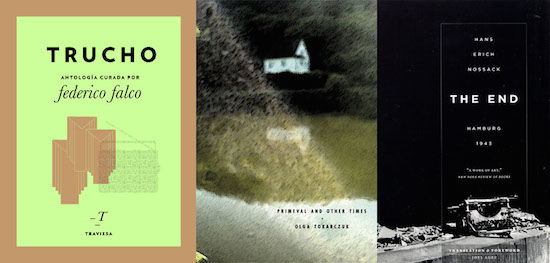Here are some things that might cheer you up: prizes are just the best, aren’t they? American poet (and former poet laureate) Robert Hass has snagged the 100,000-dollar Wallace Stevens Award, bucking the all-too-popular poor poet trend. And fellow Big Important Writer E. L. Doctorow wins the Library of Congress Prize for American Fiction. On the other side of the equator, Chilean writer Antonio Skármeta has won the country’s highest literary award.
Here are some unfortunate things. London-based superstar architect Zaha Hadid, who designed the stadium for the 2022 World Cup in Qatar, sues the venerable New York Review of Books for defamation regarding the work conditions of those building the familiar-looking (hmm, feminine perhaps) stadium. Often considered India’s greatest storyteller, U. R. Ananthamurthy has passed away (let’s hope we see some more of his work in English, at least posthumously!). And nomadic Irish poet Desmond O’Grady, who you might recognize from his bit in Fellini’s La Dolce Vita, has passed at age 78.




